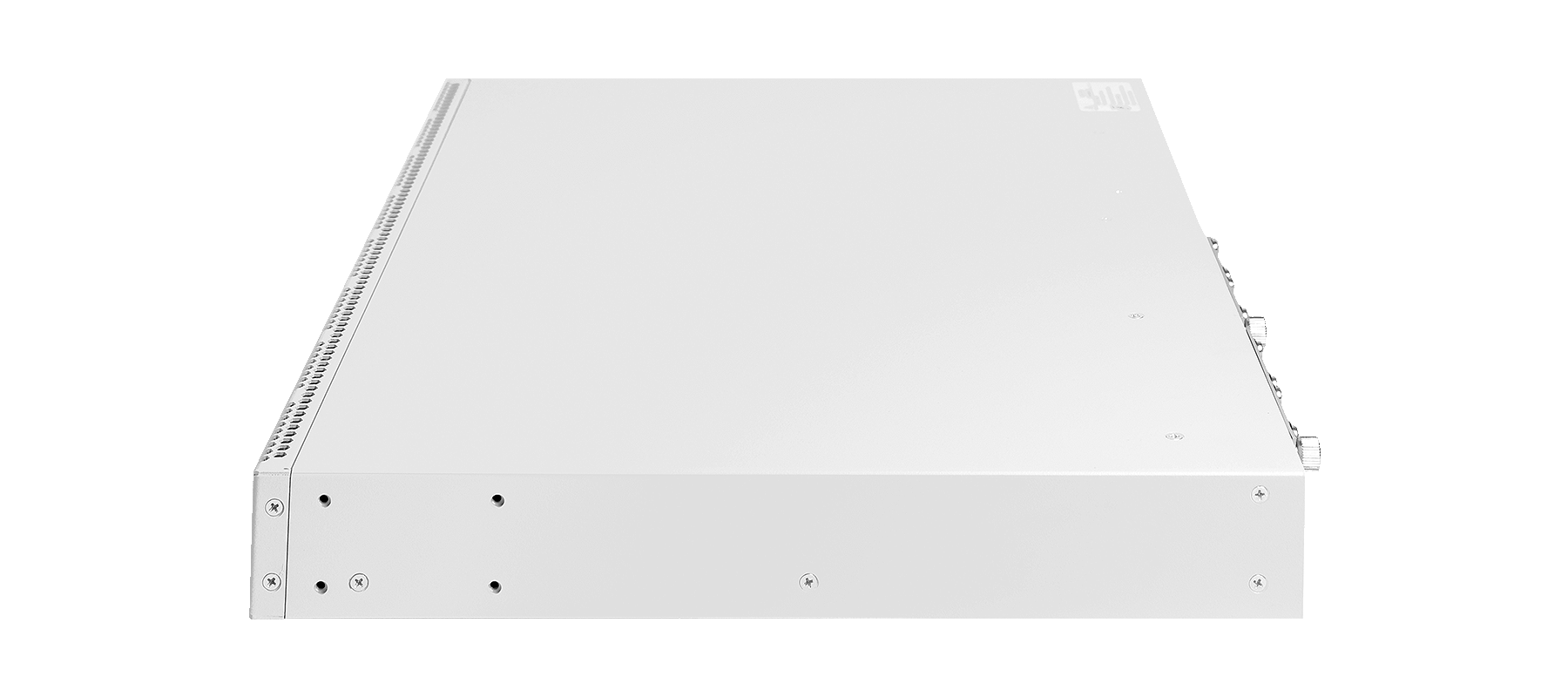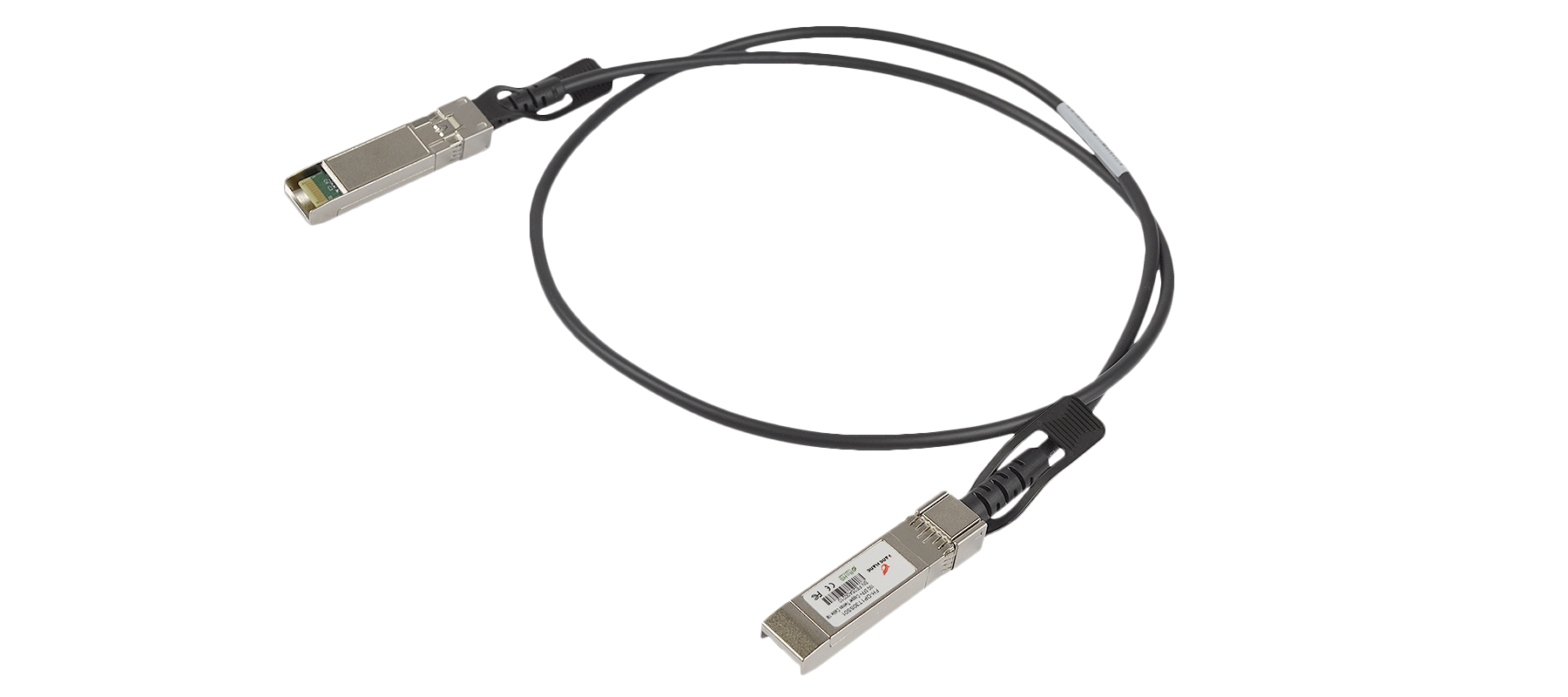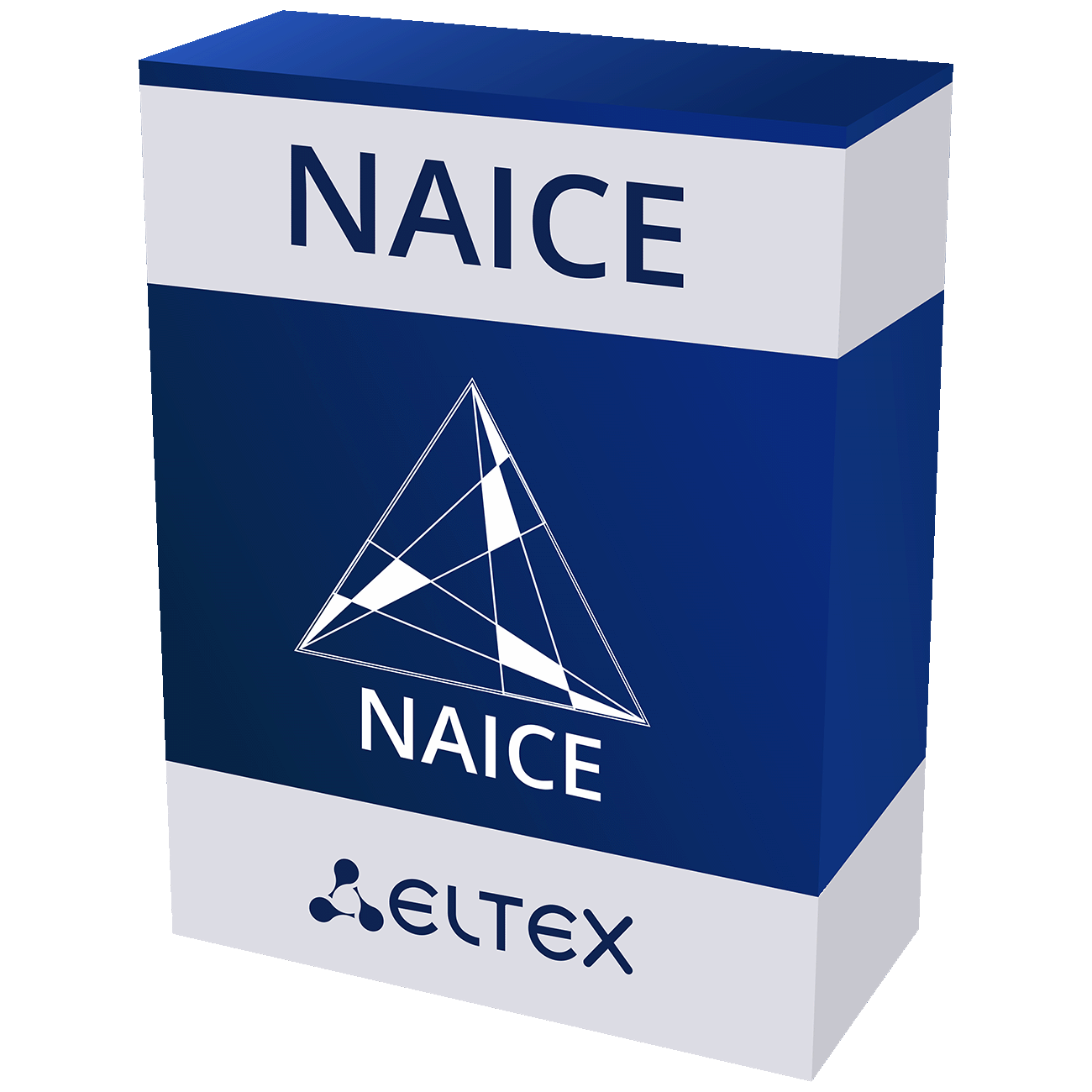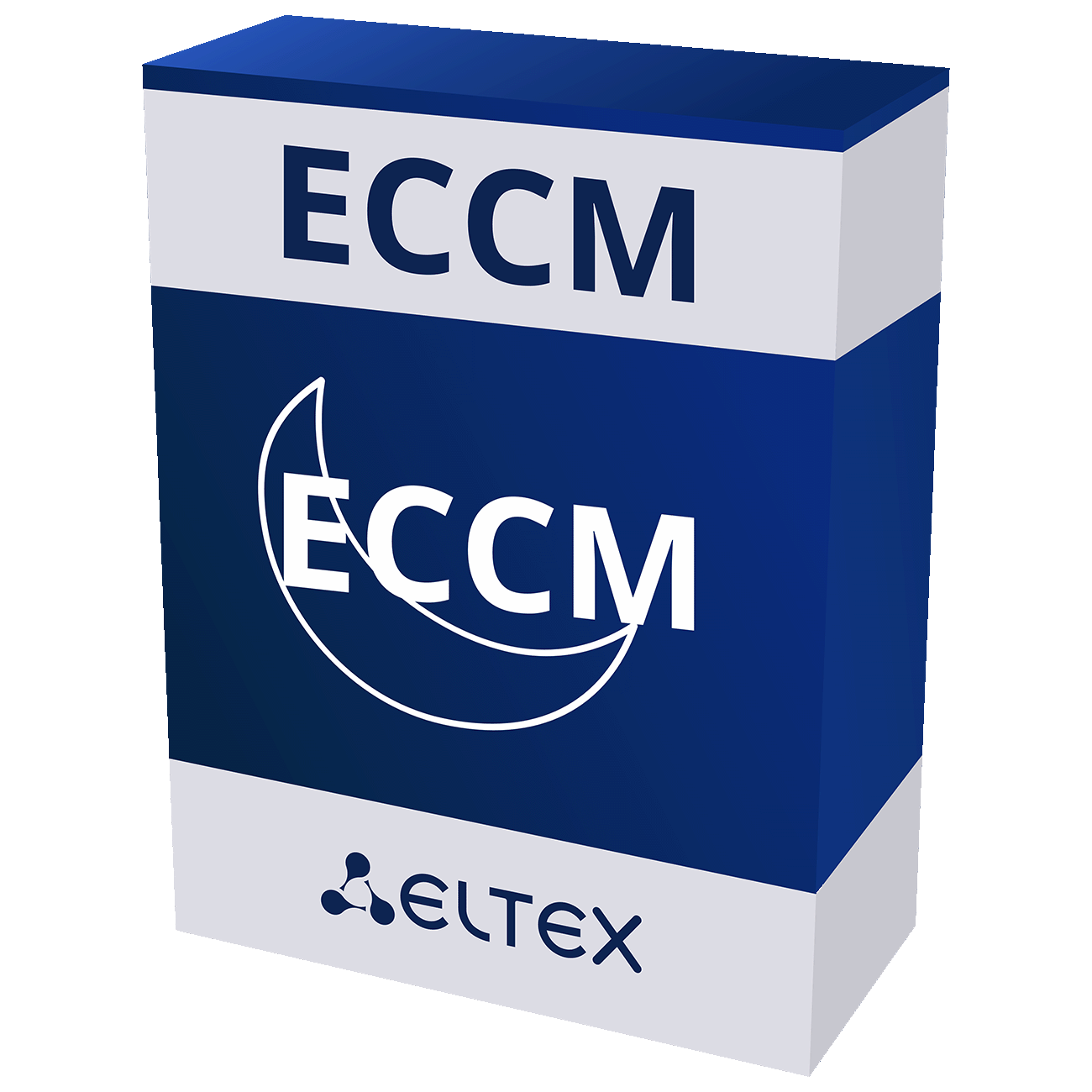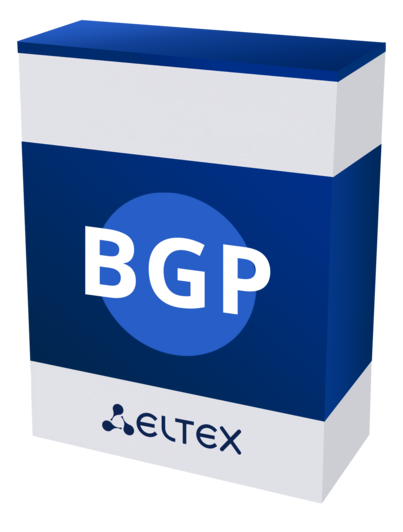Aggregation Switch MES3300-16F
- Level:
- L3
- Bandwidth:
- 112 Gbps
- Interfaces:
- 12x1G SFP, 4x1G Combo, 4x10G SFP+, 1xOOB
- Power supply:
- AC/DC


Description
MES3300-16F switches can be used as aggregation or transport switches in carrier networks and as Top-of-Rack switches for data centers. They ensure high performance due to the universal interfaces operating at speeds of 10 Gbps or 1 Gbps.
The benefits of MES aggregation switches include advanced L2 functions, support for static and dynamic routing, stacking of up to 8 devices, and hot-swappable redundant power supplies.
Advanced warranty and support packages
Extend basic package with additional paid services
Learn more
Specifications
- Level:
- L3
- Bandwidth:
- 112 Gbps
- Interfaces:
- 12x1G SFP, 4x1G Combo, 4x10G SFP+, 1xOOB
- Stacking:
- up to 8 devices
- MAC table:
- 16384
- ARP:
- 4087
- Dynamic routing:
- RIP/OSPF/IS-IS/BGP
- Power supply:
- AC/DC
ECCM
Eltex Cloud Configuration Manager is a centralized system for network equipment management
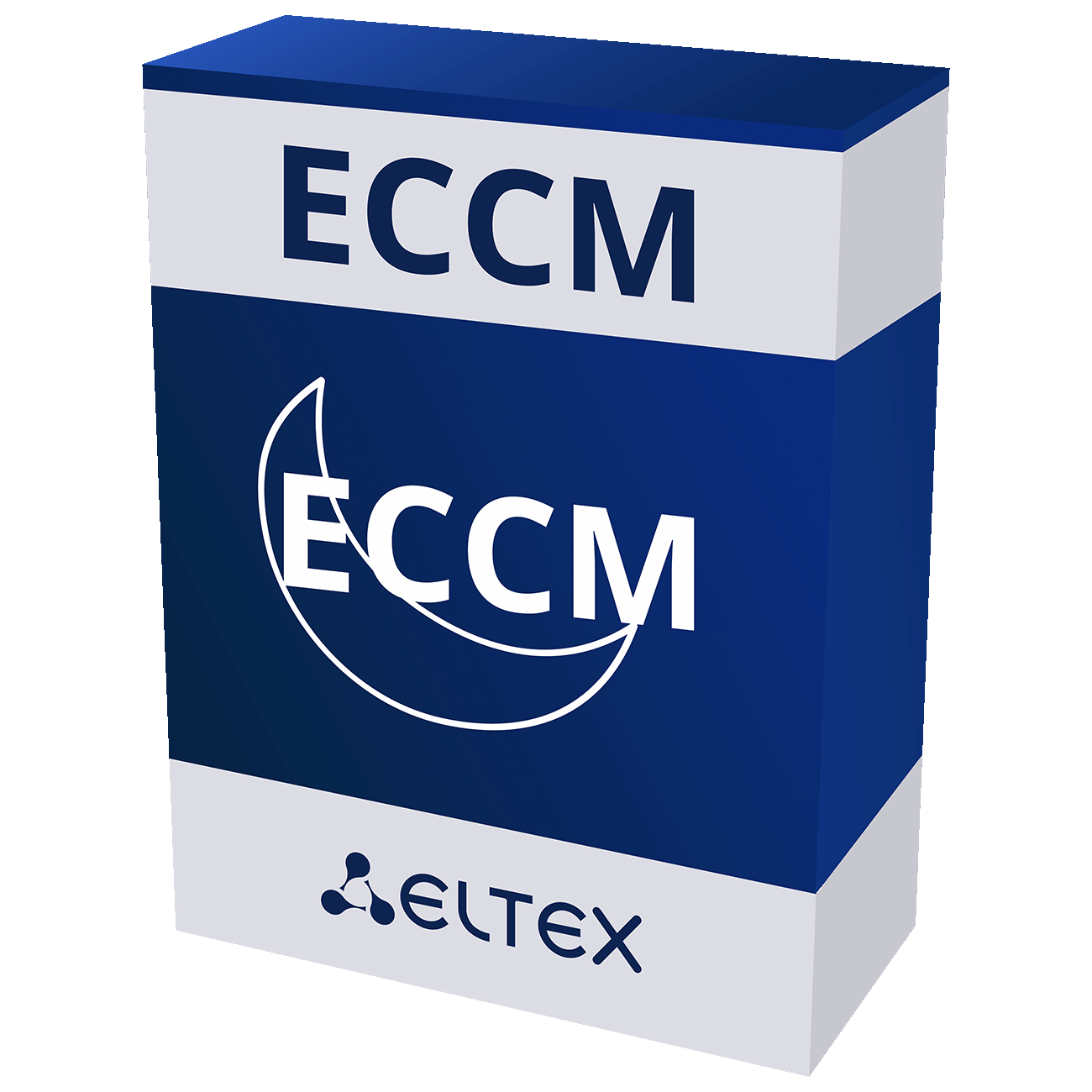
Features and capabilities
For full specifications and manuals see Documents and files section below
Interfaces:
1000BASE-X/100BASE-FX (SFP)
12
Combo 10/100/1000BASE-T/1000BASE-X/100BASE-FX
4
10GBASE-R (SFP+)/1000BASE-X (SFP)
4
10/100/1000BASE-T (OOB)
1
Console port RS-232 (RJ-45)
1
Performance:
Bandwidth
112 Gbps
Buffer memory
1.5 MB
RAM (DDR4)
2 GB
ROM (RAW NAND)
512 MB
MAC table
16384
VLAN table
4094
VRRP routes
255
Link Aggregation Groups (LAG)
32, up to 8 ports per LAG
Quality of Service (QoS)
8 egress queues per port
Jumbo frames
10240 bytes
Stacking
8 devices
Physical parameters and environmental features
Power supply
100–240 V АС, 50–60 Hz
36–72 V DC
Dying Gasp hardware support
No
Operating temperature
From -10 to +45 °C
Storage temperature
From -50 to +70 °C
Cooling
4 fans
Operating humidity
No more than 80 %
Form factor
19", 1U
Dimensions
430x44x305 mm
Related products
Components, modules, and software options that are purchased additionally


Free
Basic warranty
Up to 5 years
Extended warranty
Hit

Free
First in, first out
Monday to Friday (GMT +7)
Priority support
Monday to Friday (GMT +7)

Priority support
Monday to Friday (GMT +5)

Support
Hit

Documents and files
Firmware version 6.6.9.3 R3 (Issue date: 14-10-2025)
ZIP, 47.3 Mb
MIB files (Issue date: 14-10-2025)
ZIP, 1.50 Mb
Firmware version upgrade guide (Issue date: 18-04-2025)
PDF, 969 Kb
The firmware is compatible with other device models:
MES2300-24P, MES3300-08F, MES3500I-10P, MES5332A, MES5312, MES2300D-24P, MES5310-48, MES5324A rev.C/C1, MES2300B-24F, MES2300B-24, MES3300-24F, MES2300-48P, MES3300-48F, MES5324A, MES5316A, MES5332A rev.C, MES5400-48, MES5400-24, MES5500-32, MES3300-24, MES2300B-48, MES3300-48, MES5410-48, MES2300DI-28, MES5316A rev.C/C1, MES2300-24, MES2300-24F, MES3500I-08P
Firmware updates
Firmware version 6.6.9.3
Added:
- Added support for LLDP TLV IEEE 802.3 Power Via MDI;
- Supported PIM protocol in VRF;
- Implemented command for displaying PSU information in CLI for PM160-220/12 (rev.B, C, D) and PM100-48x12 (rev.B);
- Implemented Priority-based Flow Control;
- Implemented IPv6 Traffic Class filtering in ACL;
- Implemented simultaneous S-VLAN and C-VLAN tag filtering for outgoing traffic on ports in TR-101 mode;
- Implemented IP Source Guard per VLAN functionality;
- Implemented SFTP protocol support for the backup function;
- Increased speed of working with MAC addresses when the MAC table is heavily utilized;
- Added SNMP Trap for stack link status change;
- Increased the number of DHCP Relay servers to 32;
- Supported stacking of MES2300-24P and MES2300-48P devices with each other;
- Implemented the ability to accept dynamic ACLs from the RADIUS server for Dot1x clients;
- Increased the number of PVST instances to 256;
- Implemented support for loopback detection on individual VLANs;
- Increased the number of authentication key characters for the SNTP protocol to 32 characters;
- Implemented SCP server functionality;
- Implemented replace config functionality;
- Implemented the ability to change the administrative distance for BGP in GRT and VRF;
- Increased the DHCP server limit for the number of static IP addresses to 1024;
- Increased the DHCP server limit on the number of IP addresses issued to 4096.
Fixed:
- Fixed device rebooting during BFD session establishment when Unit ID 2 is the master;
- Fixed device freezing when rolling back candidate-config c with configured VRFs;
- Fixed false error message about fan operation;
- Fixed an error causing active ports in the VPC group to drop;
- Fixed an error displaying information about remote links added to the Port-Channel VPC group;
- Fixed an error related to traffic interception on the CPU when routing within a single VTEP;
- Fixed an error assigning a UDP port in BFD packets;
- Fixed an error where an EVPN Type 2 route was not created when a learned MAC address was present on the ESI-LAG port;
- Fixed a bug where the backup unit in the stack cyclically rebooted after a software update;
- Fixed a bug where disabled PoE was enabled on MES2300-24P rev.C1 after rebooting;
- Fixed a bug that caused interfaces to shut down spontaneously;
- Fixed a bug that occurred when copying files via SCP for an account without specifying a password;
- Fixed incorrect behaviour of DHCP Relay when PBR was enabled;
- Fixed incorrect behaviour of FDB for route-unknown traffic;
- Fixed a bug that occurred when saving settings to the running configuration when configuring via the web interface;
- Fixed a bug that occurred when restarting the OSPF process;
- Fixed a bug that occurred when assigning an IP address to the OOB interface from the default address network;
- Fixed a bug in selecting the root port in MSTP mode;
- Removed the carriage return character after each command in TACACS accounting;
- Fixed a bug when copying the snmp-server enable traps ospf configuration string in the CLI;
- Fixed a bug when entering the show ip route vrf X command with a non-existent VRF name.
Previous versions
Firmware version 6.6.8.8
Added:
- Added NSF (Non-Stop Forwarding) support for stacking mode;
- Added the ability to assign the Backup role to the maximum number of devices in the stack;
- Changed the algorithm in which a device that took the Master role in the stack transferred mastery back to the former device with the Master role that returned to work after a reboot if the system Uptime was less than 10 minutes.
Fixed:
- Fixed a bug that could cause a reboot of the Backup/Slave switch in the software image loading process;
- Fixed a bug that caused the switch to reboot after receiving BPDU on an interface that is included in a VPC group and operating in Portfast mode;
- Fixed an error where the EVPN Type 2 route was not generated when changing the type of MAC address on the ESI-LAG port.
Firmware version 6.6.8.2
Fixed:
- Fixed device reboot when connected to it by the dropbear ssh client;
- Fixed an error in transmitting traffic to a host connected via EVPN-multihoming;
- Fixed an error in the optical interface display on the MES3300-48F.
Firmware version 6.6.8.1
Added:
- Increased the number of characters in the route-map name to 64;
- Increased the number of characters in the prefix-list name to 64;
- The SFTP client is implemented;
- Implemented the functionality of 802.1x authentication with inaccessible authentication bypass;
- Implemented the Change of Authorization (CoA) functionality;
- User disconnection when receiving a Disconnect Request from Radius (CoA) is supported;
- Radius attribute No. 8 Framed-IP-Address is supported;
- Added the ability to configure the OOB source interface for sFlow;
- Added the ability to configure source-vrf for TFTP;
- Added the ability to configure UDP src port for SNTP;
- Implemented automatic addition of the phone's mac address to the oui-table for Voice VLAN functionality;
- Added a mechanism to avoid learning the mac address from incoming LLDP from the phone;
- Implemented the sending of an SNMP trap when adding a unit to the stack;
- Added the ability to copy the license for the specified unit in the stack;
- DNS operation in VRF is supported;
- sFlow operation in VRF is supported;
- SSH client operation in VRF is supported;
- Added the ability to change the administrative distance for the OSPF protocol in VRF;
- Added support for the NTP protocol;
- Added the ability to set a Port-Channel in RSPAN as the output interface.
- Implemented the ability to configure the RADIUS NAS-Port-Id attribute(87);
- Implemented the ability to authorize MAC and 802.1x clients on different radius servers.
Fixed:
- Fixed an error in the output of the show radius-servers status command with multiple configured RADIUS-servers;
- Fixed an error in the operation of the ip ssh port command. It now applies to all VRFs.;
- Fixed an error in the operation of the ACL with the log-input setting;
- Fixed an error in sFlow flow-sampling;
- Fixed the output of a false message when sFlow is running;
- Eliminated the output of information about non-existent interfaces in the stack using the SNMP protocol;
- Fixed an error when using the ip route 0.0.0.0 /0 x.x.x.x track command;
- Fixed the desynchronization of mac address tables on different VTEPs within the same ESI;
- Fixed MAC-Flapping in the scheme with VPC;
- Fixed an error when deleting the ACL and Port-Channel from the interface;
- Fixed reboot when executing the show qos tail-drop unit 1 command;
- Fixed device freezes during multiple reboots;
- Improved stability of the VPC protocol;
- Fixed the error of long Port-Channel transition to the Forwarding state when the portfast spanning-tree is configured on it;
- Improved VPC stability;
- Fixed incorrect operation of the BFD via the Port-Channel interface;
- Fixed a critical error on MES3300-XX when processing Gratuitous ARP from VRRP addresses on the OOB port.
Firmware version 6.6.7.5
Added:
- Added information about the hardware version of the device to the output of the show system id command;
- The possibility of adding VLANs on LAG interfaces via the WEB has been implemented;
- Added support for LACP Force operation mode;
- Added the display of static multicast records in the ip igmp snooping table;
- Added support for collaboration between DHCP relay and DHCP server;
- Added the ability to disable the USB port;
- Added the ability to statically configure OSPF neighbors;
- Added OSPF network type non-broadcast, point-to-multipoint non-broadcast;
- Added VRF support in DHCP Relay;
- Added support for TCP adjust-mss;
- Added the possibility of extended IS-IS database output;
- The collaboration of DHCP Relay with EVPN/VXLAN is supported;
- Added Multi-VRF support for hardware BFD sessions;
- Added the ability for VPC peer detection to work in VRF;
- Added synchronization of ARP records between switches of the same EVPN multihoming ESI group.
Fixed:
- Fixed reboot when copying configuration via scp/tftp/flash;
- Optimized work with flash memory;
- Fixed a reboot when entering the show logging command in the stack;
- Fixed a bug that causes stack units to reboot when there is a high CPU load;
- Fixed a bug that caused the stack of MES3300-48 and MES3300-48F devices to fail;
- The do show ip interface vrf all command has been restored;
- Fixed the issue of LAG LACP recovery in timeout short mode;
- Fixed an erroneous change of the OSPF zone in the settings when executing the passive-interface command;
- Fixed mac address authorization in multi-sessions mode;
- Fixed an error when copying a configuration containing the switchport trunk allowed vlan all command;
- Fixed an error in displaying the role of neighbors in the output of the show ip ospf neighbor command;
- Fixed the problem of interrupting traffic processing on the master's CPU when there is a high load on the stack;
- Fixed a problem with VXLAN traffic transmission when using trunk ports between spine/leaf;
- Fixed a problem with traffic routing via L3VNI VXLAN when there is a default route;
- Fixed the error of removing standard ipv4/ipv6 ACLs from the configuration;
- Fixed the possibility of restarting the device at the time of removing the ACL from the VLAN interface with qos advanced-mode trust dscp configured;
- Fixed a problem with blocking traffic on slave units when configuring BPDU Guard in RPVST mode;
- Fixed an issue with an i2c bus failure in the stack;
- Fixed an issue with resetting the exp label in the mpls header in transit traffic;
- Fixed a bug with MAC Flapping in the VPC scheme when using the Po interface, number above 48;
- Fixed critical errors that occur when editing device configurations in a VPC pair;
- Fixed an error with rebooting the switch during SNMP requests for DDM information;
- Fixed an error with switching to local command authorization when there is no response from the tacacs server;
- Fixed an error with authorization of commands on the backup tacacs+ server when the main server is unavailable;
- Fixed an error with rebooting the switch when authenticating on the tacacs+ server in single-connection mode;
- Fixed an error indicating an incorrect port in the logs when receiving TC BPDU;
- Improved stability of the SSH server;
- Fixed the error of long Port-Channel transition to the Forwarding state when the portfast spanning-tree is configured on it;
- Improved VPC stability;
- Fixed incorrect operation of the BFD via the Port-Channel interface.
Firmware Version 6.6.5.4
Added:
- Ability to configure OOB interface as a source-interface for SNMPv2;
- Ability to configure OOB interface as a source-interface for SNMPv3;
- SNMPv2 support in VRF;
- SNMPv3 support in VRF;
- GRE tunnel support;
- Support for multihomed connections for EVPN/VxLAN scenario with Ingress Replication.
Fixed:
- Improved stability of peer-detection functionality in VPC;
- Erroneous removal of voice vlan from interface by timeout in the presence of port security settings;
- SSH session hangs due to an error in calculating Message authentication code in SSH packet.
Firmware Version 6.6.5
Added:
- Added support for BGP Route Map, Community List and AS-Path List in VRF;
- Added BFD support for BGP in VRF;
- Added BFD support for OSPF in VRF;
- Added support for encryption of the user's password using the SHA512/md5 algorithm;
- Added BFD support for IS-IS;
- Added the ability to change the ipv4 gateway address in EVPN type 5 routes;
- Added support for the RADIUS client in VRF;
- Added the ability to configure the source-interface OOB for SYSLOG;
- Added the ability to configure the OOB source-interface for TACACS+;
- Added BFD support for OSPF;
- Added support for VCT cable diagnostics for SFP-T;
- Added support for an extended number of UDBs in the ACL;
- Increased the number of ACEs in ACL to 512;
- Added support for filtering routes by the value of the as-path attribute in BGP;
- Added community support in BGP;
- Added the ability to configure the source-interface OOB for SNTP;
- Added support for SNTP operation in VRF;
- Added support for SYSLOG operation in VRF;
- Added support for the TACACS+ client in VRF;
- Added support for SSH server operation in VRF;
- Added ARP suppression support for EVPN/VXLAN.
Fixed:
- Fixed the process of removing the VRF setting from the OOB interface;
- Fixed the behavior in which STP root BPDU packets did not pass through the VPC peer-link;
- Fixed a reboot that occurred when the number of ACL rules with port-range was exceeded;
- Fixed L3VNI collaboration with VXLAN in multicast replication mode;
- Fixed incorrect operation of PBR with VRRP;
- Fixed device freeze when configuring SNMPv3;
- Fixed a behavior where a MAC-flapping storm started in a VPC;
- Fixed incorrect isolation of VPC groups from peer-link;
- Fixed a issue with OSPF neighbours breaking when CPU utilisation is high;
- Fixed issue with sending BGP update EVPN Type-2 when MAC address re-learning in a different ethernet-segment;
- Fixed issue with traffic switching via VRRP backup;
- Fixed problem with parasitic ICMP Redirect from VRRP backup when pinging a VRRP IP;
- Fixed a critical error occurring when CPU utilisation is high;
- Fixed critical error occurring when adding OUI for VOICE VLAN;
- Fixed critical error occurring when configuring sflow in stack;
- Fixed a critical error occurring when stack links are broken;
- Fixed critical errors occurring when building STP tree or VPC neighborhoods;
- Fixed L3VNI collaboration with VXLAN in multicast replication mode;
- Fixed PBR collaboration with VRRP;
- Fixed device freeze when removing ACL;
- Fixed device reboot related to the operation of the BGP protocol;
- Fixed device reboot when adding ACLs with UDP and TCP port ranges to the interface;
- Fixed device reboot when deleting VLAN bound to VXLAN;
- Fixed mac flapping between LAG when using VPC;
- Fixed incorrect addition of outgoing VRRPv2 protocol packets;
- Fixed a behavior in which STP root BPDU packets did not pass through the VPC peer-link.
Firmware Version 6.6.4
Added:
- The bit depth of the uptime counter has been increased;
- Added support for macro operation based on track status;
- Added support for cable diagnostics for MES2300-xx/MES3300-xx series devices;
- Added support for displaying information about QSFP28 in the output of the show inventory command;
- Added support for J9285D DAC cables;
- Added VRRP support to VRF;
- Added support for tftp in VRF;
- Added VRF support for the OOB interface;
- Added the ability to disable sending an empty packet to check the availability of the TFTP server;
- Added route-map support for OSPF;
- Added support for policy base routing next-hop;
- Added the ability to summarize routes in BGP;
- The value of the upper limit for the rate-limit has been increased;
- Added the ability to redistribute routes from eBGP to L3VPN;
- Added support for password encryption when logging commands;
- Added the possibility of simultaneous operation of MAC and IP access lists on interfaces;
- Added the ability to check the source mac address in the IP source-guard;
- Added the ability to limit the number of DHCP clients per port;
- Added the ability to send an snmp trap to the login/logout event.
Fixed:
- Software flow control is disabled for the console port;
- Fixed vulnerability of the Web interface;
- The position of the AAA command block in the configuration has been changed;
- Fixed the operation of the DHCP server when sending DHCP NAK packets;
- The operation of optical and copper switches in the same stack has been restored;
- Fixed an error that causes a cyclical reboot of a Slave unit in the stack when upgrading to version 6.6.3.8;
- Fixed rebooting of switches in the scheme with VxVLAN/EVPN when restarting the ospf process;
- Fixed single-hop BFD for eBGP neighborhoods;
- Fixed the problem of routing traffic between stack units for 2300/3300 devices;
- Fixed an error that caused the device to reboot when adding a non-existent VPC domain to the VPC group;
- Fixed an error that causes the role to be retransmitted after the Primary device is rebooted in the VPC;
- Fixed the problem of device freezing when flapping MLAG links in VPC;
- Fixed the problem of incorrect VPC assembly after restarting one of the paired devices;
- Fixed a cyclic reboot of the device when there is an ethertype switchport dot1q setting on the interface;
- Fixed an error in restoring the switchport default-vlan tagged command when updating software;
- Fixed an error where the L3 interface of the physical port did not switch to the Up state when rapid-pvst was enabled;
- Fixed the problem of blocking MLAG, after restarting it, in RPVST;
- Changed the default value of the spanning-tree cost parameter for 25G/40G/100G ports;
- Fixed spanning-tree cost calculation for port-channel interfaces;
- Fixed device reboot when polling the dot1dTpFdbEntry SNMP table;
- Fixed an error that occurs when deleting the SNMPv3 server settings from the configuration;
- Fixed an error when binding the ACL to the interface vlan.
Firmware Version 6.6.3.5
Added:
- FEC operation support for 25G ports.
Fixed:
- Fixed switching part of the links to the UP status when using the FH-DP4T26QS05 40G QSFP/4 SFP+ Fang Zhang Copper Twinax Cable 5M cable.





